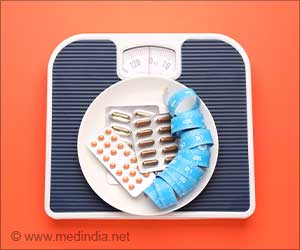A new study has found link between adolescent obesity and high blood pressure.

The study, led by Yaron Arbel, examined 715,000 Israeli adolescents, both male and female, aged 16-20, who had received medical exams from 1998-2011.
There was a statistically significant link observed between BMI and blood pressure, both of which saw significant annual increases during the study.
The percentage of overweight adolescents increased from 13.2 percent in 1998 to 21 percent in 2011, while the percentage of adolescents with high blood pressure rose from 7 percent to 28 percent in males and 2 percent to 12 percent in females.
The association of BMI to blood pressure was more pronounced in females than males. While the reason for this is not immediately clear, researchers hypothesized that it may be attributable to certain hormonal factors.
Arbel said that an important finding in our analysis is that BMI was positively associated with SBP and DBP in both the normal weight and overweight groups, which highlights the importance of BMI as a marker for cardiovascular health in all body types.
The study is published in the American Journal of Hypertension.
 MEDINDIA
MEDINDIA




 Email
Email










